The Open Road
Andrew Hogarth climbing Bear Butte Mountain in South Dakota 2011
Storyteller and photographer Andrew Hogarth survived his turbulent upbringing to find his calling while documenting the truth about what happened to the North American Indians. When photographer Andrew Hogarth returned last year to the North American Great Plains for the 17th time since 1981, it was a bitter-sweet experience. He planned to make it his last visit after thirty years of travel to the area seeking and documenting the truth about what happened during the Great Plains Indian Wars from 1854-1890. The stories he uncovered are revealed in his books, musical lyrics and perhaps most significantly, photography. Thirty years of photographic film – 880 negative images culled from thousands – have been preserved in three rosewood boxes from his seventeen field trips from 1981-2011. Many of these images are internationally renowned and tell the story not just of the plight of the North American Indians, but also of the Scottish-born, Australian-based photographer’s own life journey.
Hogarth’s achievements as a photographer and storyteller of the North American Great Plains has given his life a purpose and meaning that was absent, as a boy on a housing estate on the outskirts of Edinburgh, Scotland. His fascination with North American history started as a love of television westerns including Bronco Lane with Ty Hardin, Maverick with James Gardner and Rawhide with Clint Eastwood. However, it was the 1970 movie Soldier Blue by director Ralph Nelson starring Candice Bergman and Peter Strauss, which depicted the 1864 Sand Creek Massacre in Colorado Territory of approximately 134 members of the Southern Cheyenne and Southern Arapaho tribes at Sand Creek, Colorado, by Colonel John Milton Chivington and his 650 Colorado Volunteers, “that really turned the switch on”, says Hogarth. “It was the most savage film. The American Government had tried to suppress it.”
A young Andrew standing far right of photograph 1962
Sand Creek Massacre Site Colorado 2011
Closed Hand Marker Little Bighorn Battlefield Montana 2010
In 1981 the history of the North American Indians had become his passion. The pursuit of knowledge and truth, and the documentation of his discoveries would sustain and fulfil Hogarth over the next 30 years. “My visit in 2011 allowed me one last time to take in the interesting history of the last Plains Indian Wars on the American Continent regarding the Lakota-Sioux Nation and the Cheyenne Nation against the US Army,” Hogarth says. Hogarth emigrated to New Zealand when he was 22, and had periods living in Australia and Scotland before settling in Sydney in 1982. He was employed by News Ltd in the Graphic Reproduction Department until the mid-1990s, but continually poured his money back into his publishing and photography projects, often selling the books from the back of his hire car during his travels. He has participated in many exhibitions since 1994, both here and in America. In 1994, his photographic collection Native Lands: The West of the American Indian debuted as a solo exhibition in Woollahra, Sydney.
Andrew Hogarth News Limited Sydney New South Wales Australia 1993
Native Lands Exhibition Graphis Fine Art Gallery Woollarha Sydney 1994
The same year Hogarth left full time employment to establish his work in the United States of America. Powwow: Native American Celebration photographic exhibition was shown nationally in the United States of America and Canada, and later in Australia. Hogarth says he is proud of what he’s achieved and of what he’s overcome to get to where he is now. “I was one of only 14 people in the world chosen for a national tour of America. It was like winning an artistic gold medal,” he says. “It felt like a terrific achievement for a little street kid from Magdalene Gardens (housing estate). Hogarth has doggedly pursued the life he wanted – a life driven by passion and devoted to learning the truth and storytelling.
Powwow: Native American Celebration Exhibition Graphis Gallery 1997
Pictured above is 4/2 Magdalene Gardens Edinburgh Scotland 2015
He says his visit to the Great Plains for the last time in 2011 was an important and intensely personal experience, which included a visit to the Little Bighorn Battlefield in south-eastern Montana where he photographed Northern Cheyenne Solar Artist Jonathan Maxwell Beartusk at the Indian Memorial. “Jonathan Maxwell Beartusk is a solar artist who uses a magnifying glass to burn old historical images of Plains Indian chiefs and warriors onto wood. We shot our classic image at the Indian Memorial on the Little Bighorn Battlefield in the summer of 2011. “Later we spent time at the grave marker of his relative Chief Lame White Man located on the battlefield. Later that week I attended the Real Bird re-enactment held annually at Medicine Tail Coulee. “This also was a sight to see with Indians and soldiers riding around firing guns at each other on the exact location of land that Custer and the Seventh Cavalry tried to cross over into the large Sioux and Cheyenne encampment.
Jonathan Maxwell Beartusk Spirit Warriors Indian Memorial 2011
Real Bird Re-enactment Medicine Tail Coulee Little Bighorn Montana 2011
Hogarth then travelled on to – and climbed – the sacred Bear Butte Mountain in South Dakota where the Cheyenne creation objects were brought to the people by the tribe’s prophet Sweet Medicine. “I had climbed to the top with my wife Kim in 1989 but at the ripe old age of 61 this time was extra special with the mountain being an A-Grade Hike,” he says. He also travelled to the top of Crazy Horse Mountain in the Black Hills of South Dakota. “This gave me the opportunity to think back over the years when I arrived at the highway entrance of Crazy Horse in 1982 and walked up to the visitor’s centre where I met the man who would change my life, Lakota-Sioux Jack Little.”
Bear Butte Mountain South Dakota 2011
Crazy Horse Memorial Black Hills South Dakota 2011
Hogarth is proud to have met a handful of individuals who had direct contact with some of the main players in the Indian Wars of 1876-1877, up to Wounded Knee in 1890. These include Lakota-Sioux Jack Little, a respected native American guide who would later take Hogarth up on the offer of publishing his autobiography, and Bill Groethe who Hogarth met in Rapid City, South Dakota in 1995. In 1948, Groethe, now 88, photographed the last eight survivors from the Little Bighorn Battle in June, 1876. Black Elk was one of these old warriors. In 1992 and 1999, Hogarth visited with Caroline Sandoz Pifer, the younger sister of author Mari Sandoz who wrote the book Crazy Horse: The Strange Man Of The Oglala’s.
Shirley and Jack Little Crazy Horse Memorial South Dakota 1984
Bill Groethe and Andrew Hogarth Rapid City South Dakota 2006
Caroline Sandoz Pifer and Kim Vaughan Sand Hills Nebraska 1992
In the beginning, Hogarth rarely photographed people, preferring to focus on recording 80-historical battle sites scattered across the Great Plains. He says his aim was never to “become” a Native American Indian. He just wanted to tell their stories. “I never wanted to become one of them or live with them in tepees. I didn’t want to be a Native American Indian. I’m Scottish-Australian and I was there as a storyteller – that’s what I do.” On the 2011 trip, before returning to San Francisco and finally Australia, Hogarth travelled to the Rosebud Casino Powwow held annually on the Rosebud Reservation. “Here I caught up with my friends Emily and Mike Ponyah and their six children. On the way back to Billings, Montana we all stopped at the site of the Wounded Knee Massacre on the Pine Ridge Reservation in South Dakota to pay our respects. “Emily is part Lakota and part Scottish and grew up on the Pine Ridge Reservation with her grandmother who taught Emily many of the old style ways of beading. “We then passed through the Badlands National Park and during a pit stop on the gravel road young Gracie came over to me and said that her mum and dad had spotted a Scottish Thistle growing at the side of the road. “It may well be a touch corny but after 30 years on the open road recording stories about the people living on the land I enjoyed this symbolic touch.”
“It was a very personal journey.”
Percy War Cloud Edwards Plains Indian Museum Powwow Wyoming 2011
Wounded Knee Massacre Gravesite Pine Ridge South Dakota 2011
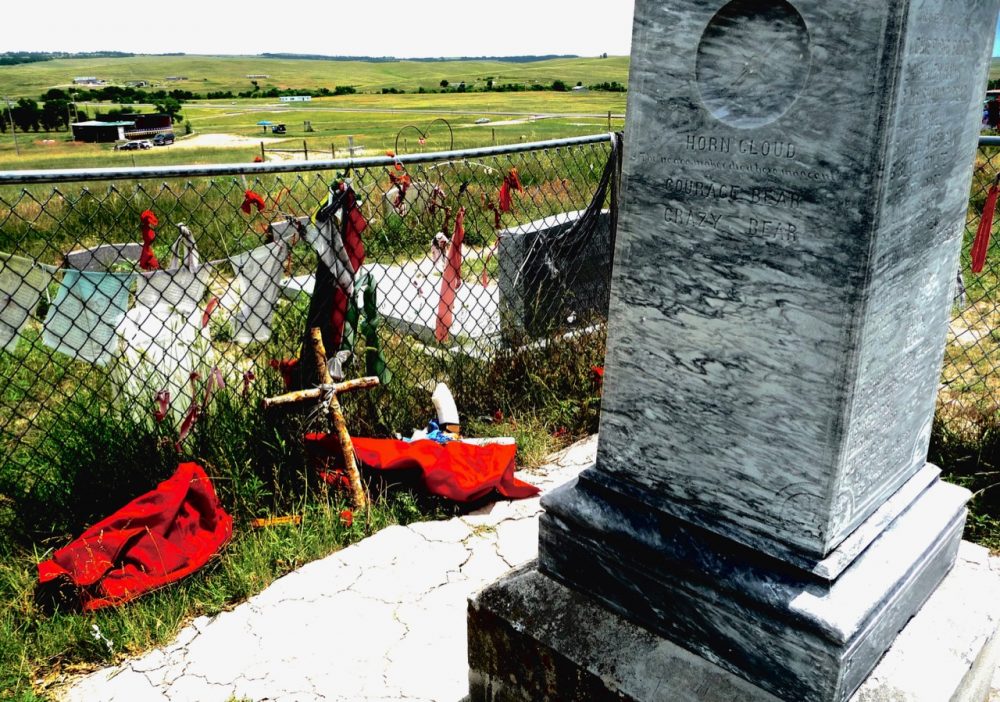
Wounded Knee Massacre Gravesite Pine Ridge South Dakota 2011
Custer Battlefield Trading Post Crow Agency Montana 2011
Grace Ponyah with Scottish Thistle South Dakota Badlands 2011


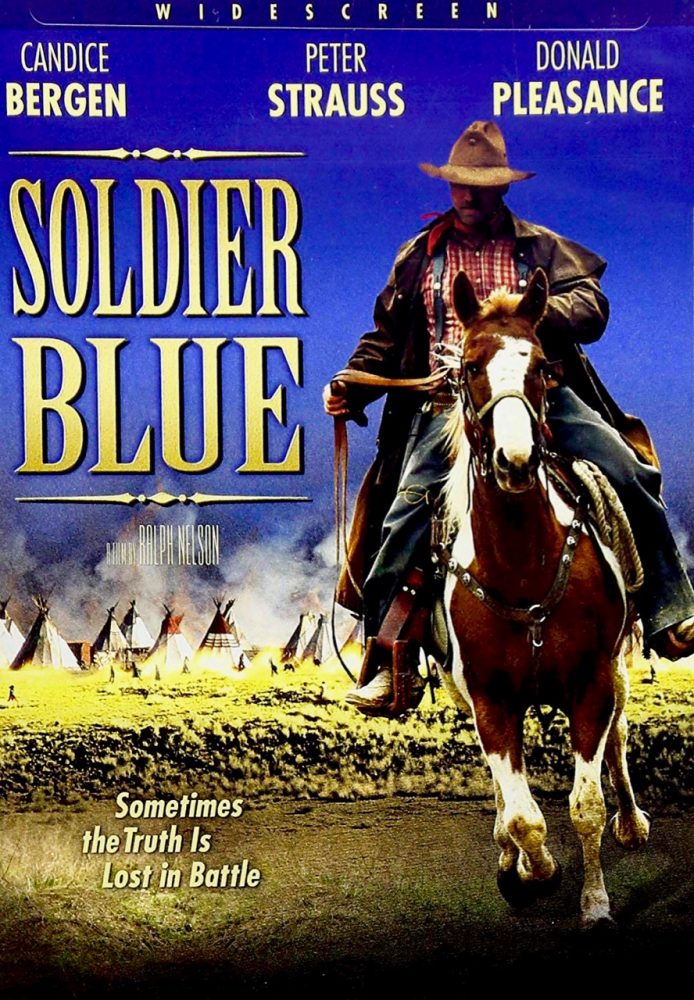
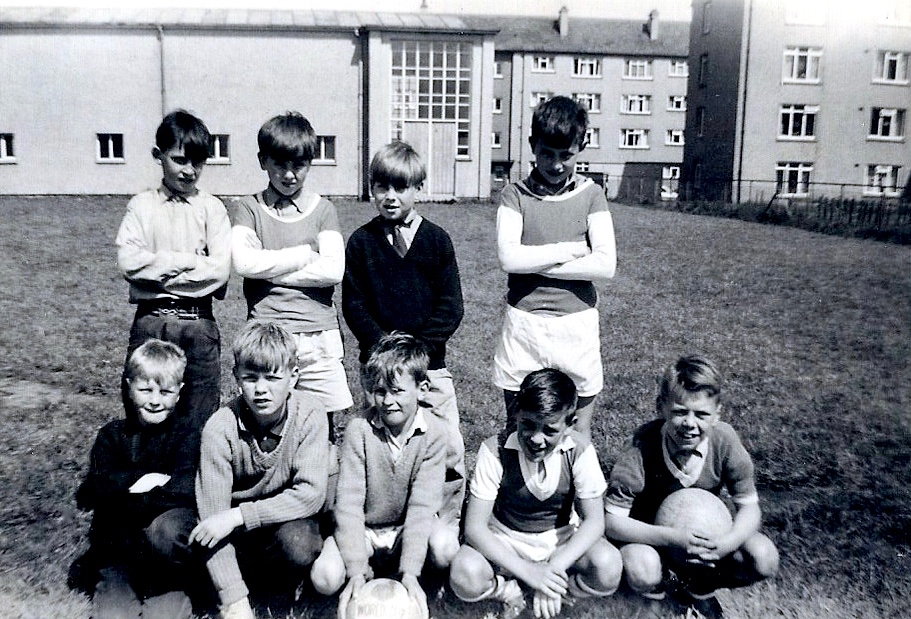
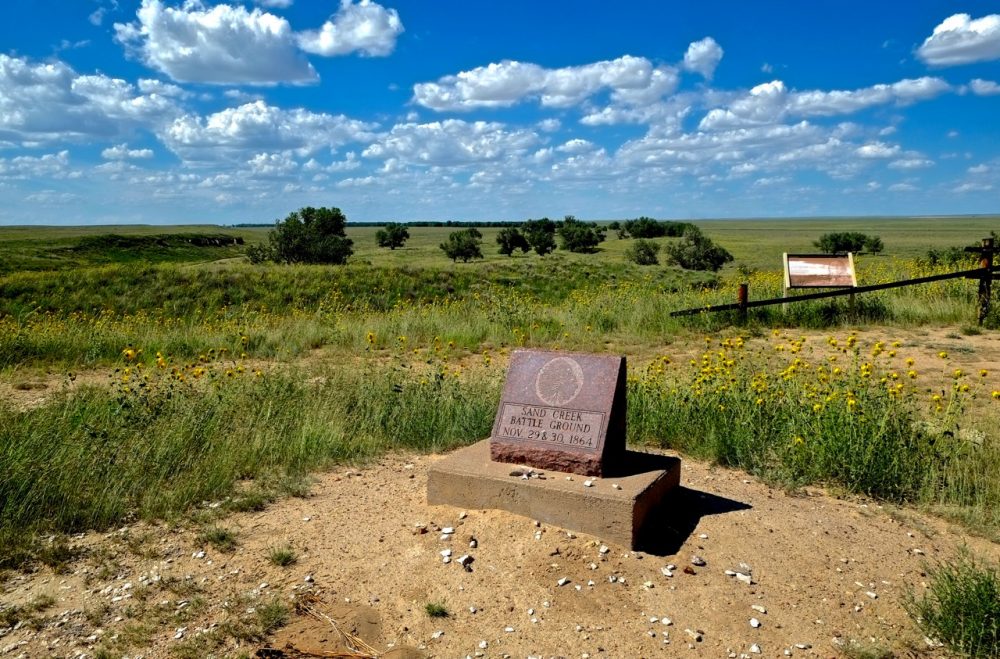
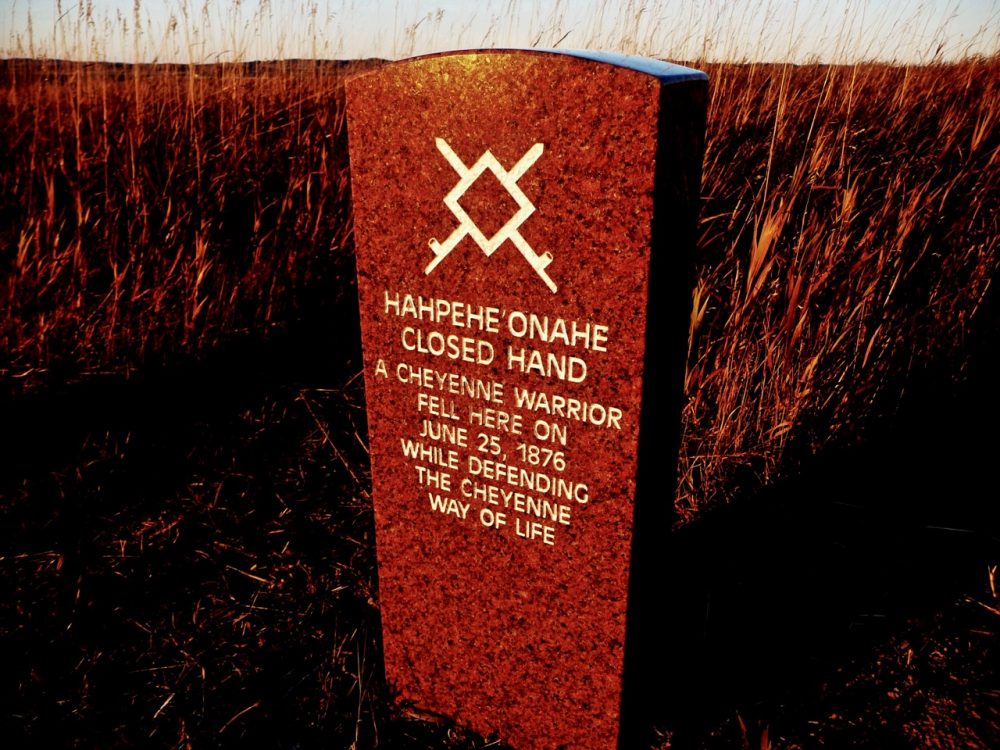


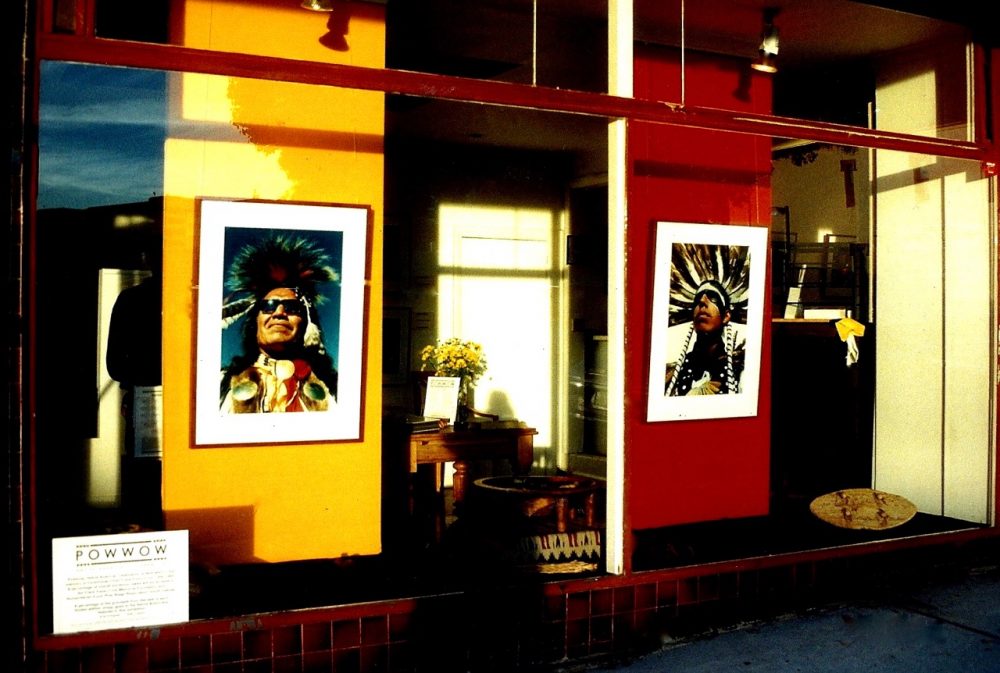

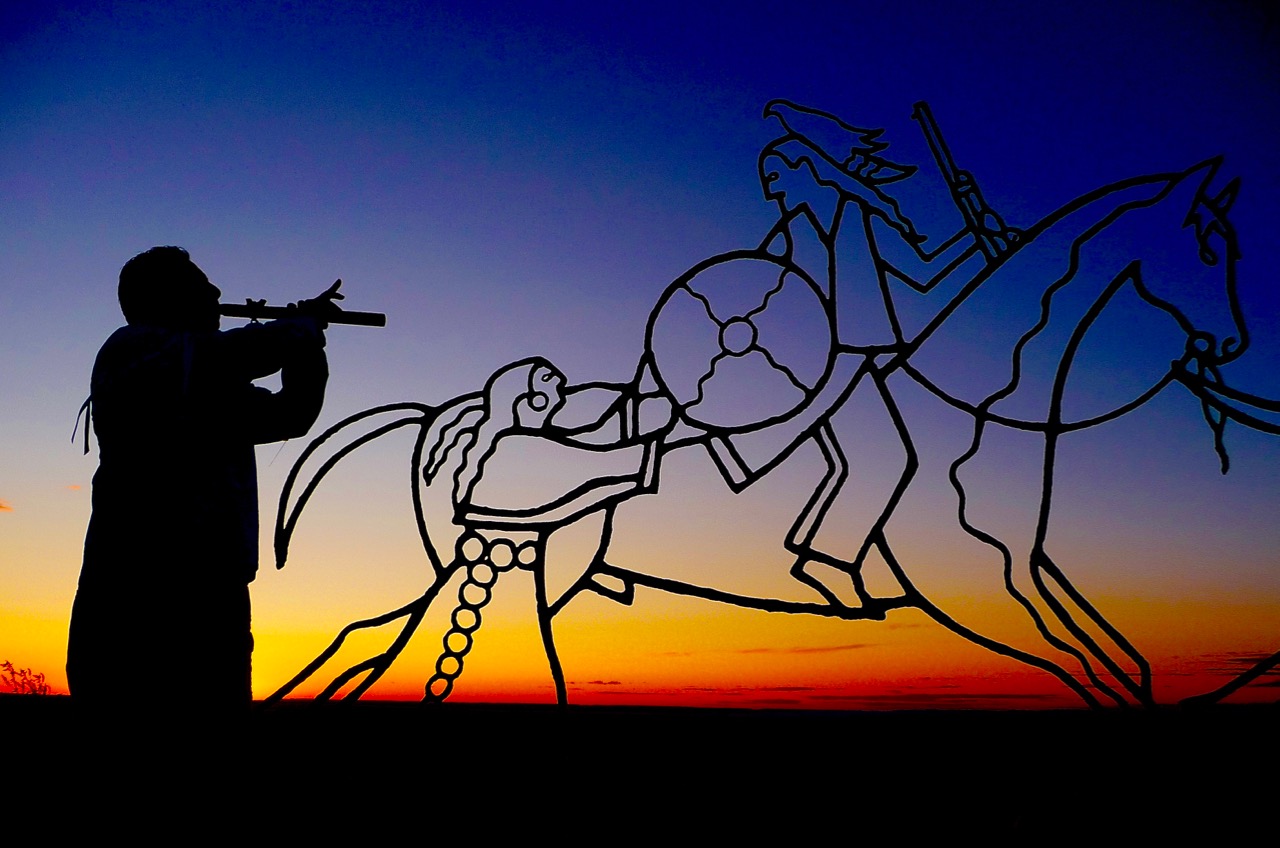
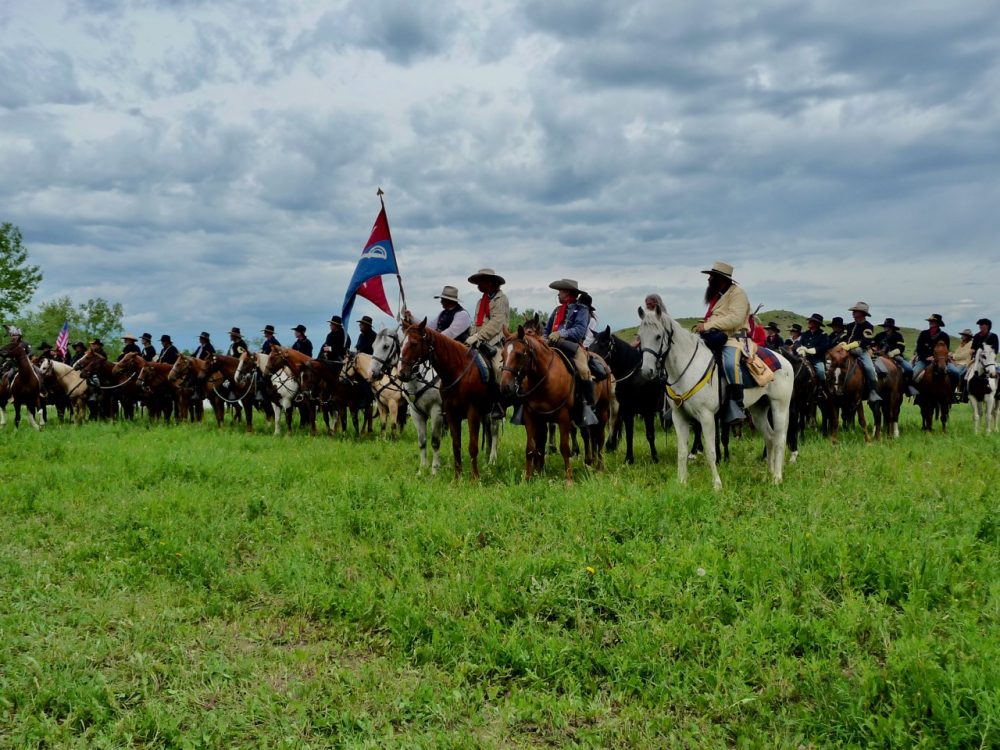
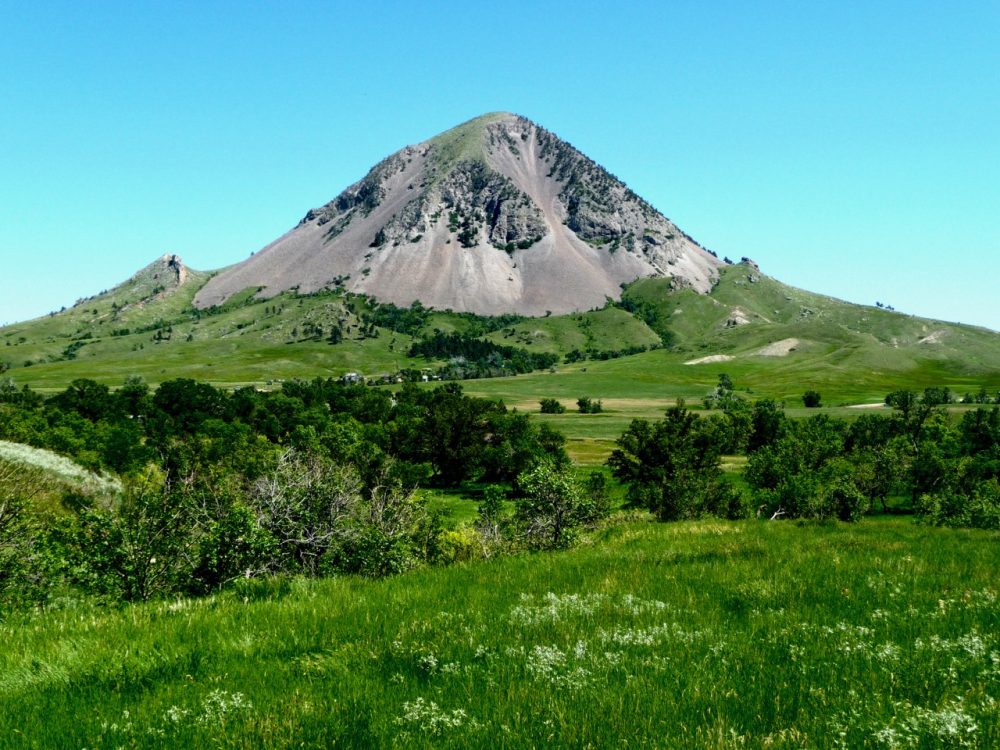

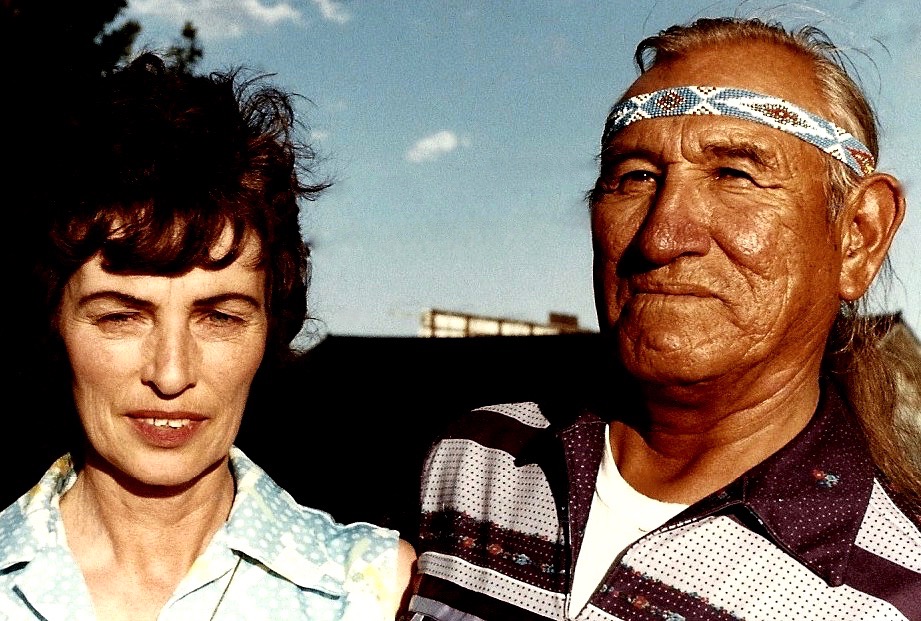
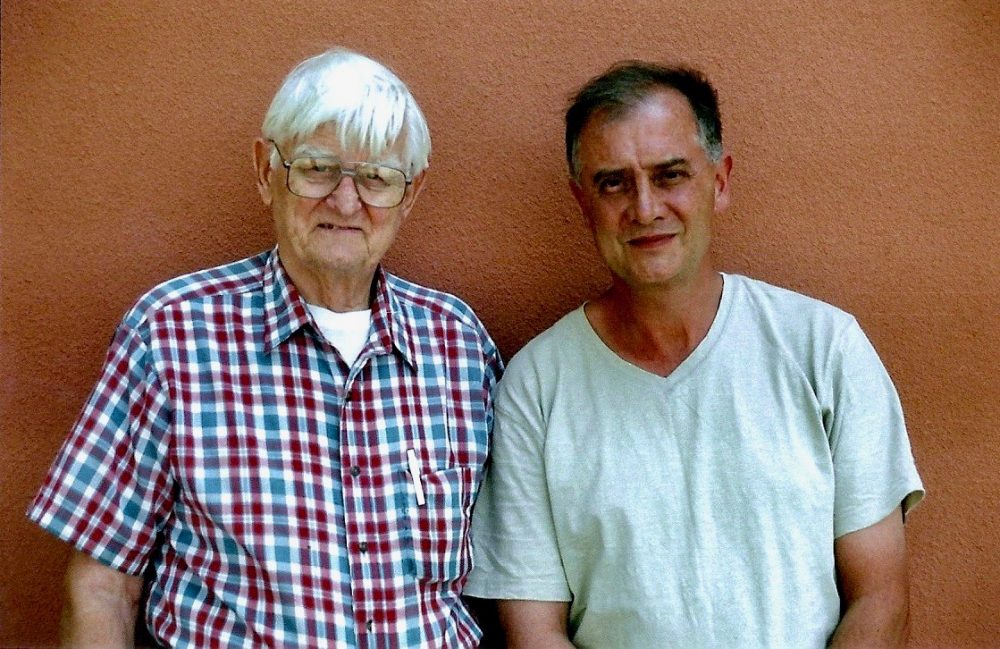


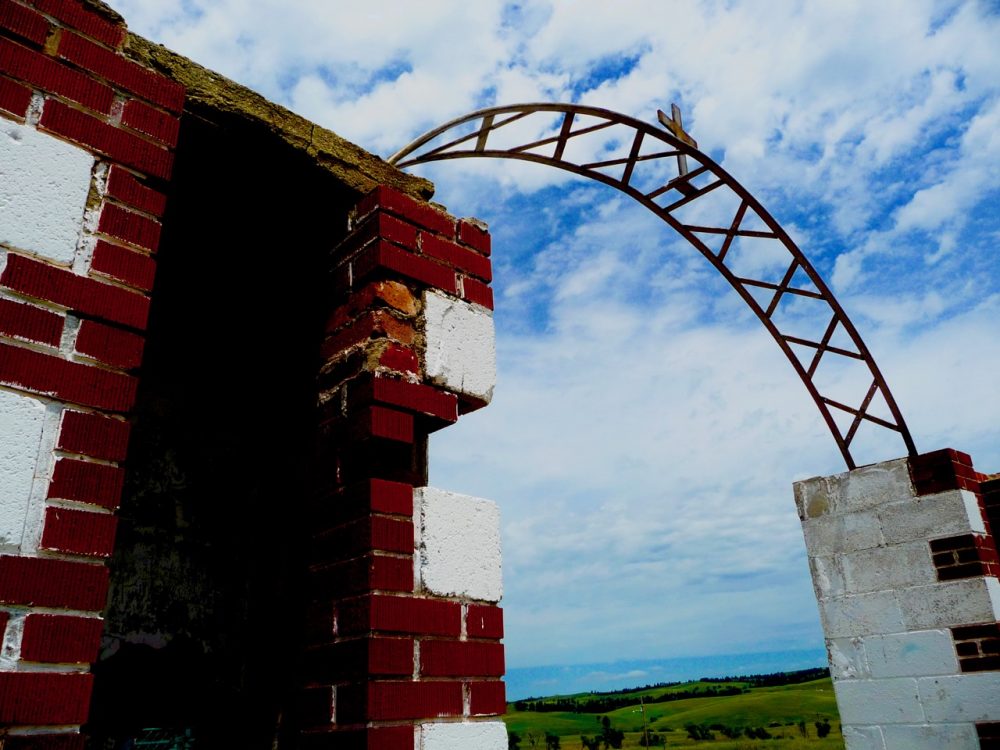
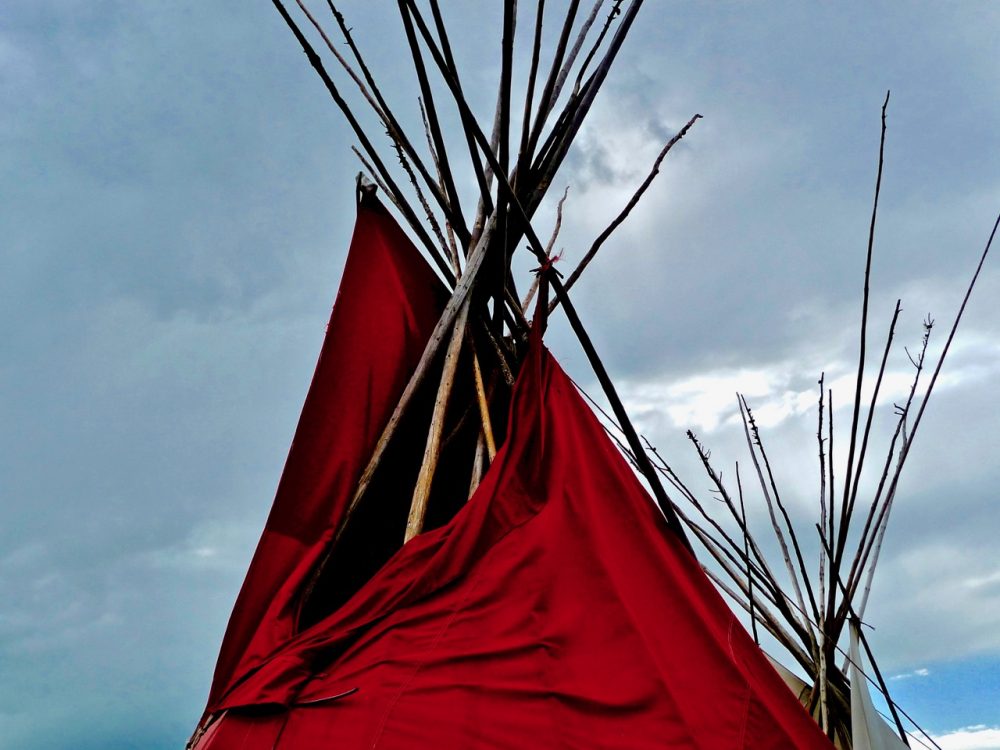

Leave a Comment
You must be logged in to post a comment.